
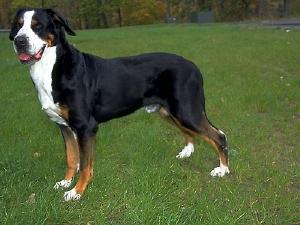
The Greater Swiss Mountain Dog is considered the oldest of the Swiss breeds and was instrumental in the early development of both the St. Bernard and the Rottweiler. There are several theories regarding the ancient origins of the Swiss Sennenhund breeds. The most popular theory states the dogs are descended from the Mollasian, a large Mastiff-type dog that accompanied the Roman Legions on their invasion of the Alps in the 1st century BC However, a second theory holds that the Phoenicians (c. 1100 BC) brought a large breed of dog with them to settlements in Spain, and that these dogs later migrated eastward to influence the development of the Spanish Mastiff, Great Pyrenees, Dogue de Bordeaux, and eventually the large Swiss breeds. Yet a third possibility is that a large breed was indigenous to central Europe as far back as the Neolithic period. Whether or not a large breed was already in existence at the time of the Roman invasion of the Alpine regions, it seems clear that the Roman dogs would have been bred with these dogs. As a result, several breeds, including the Greater Swiss Mountain Dog, St. Bernard, and Bernese Mountain Dog, are largely descended from the Roman Mollasian.
The breed was rediscovered earlier in this century by Franz Schertenlieb and is a probable descendent of the great Roman mastiffs. Franz Schertenlieb took his discovery to Albert Heim who had thought this breed extinct. Everyone worked together and until the 1930s used dogs without pedigrees so long as they were a true reflection of the breed with required characteristics.
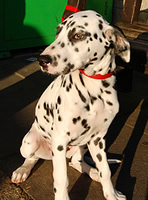 Dalmatians: A guide to dogs and puppies of the Dalmatian breed
Dalmatians: A guide to dogs and puppies of the Dalmatian breed
 Miniature Bull Terrier
Miniature Bull Terrier
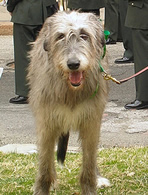 Irish Wolfhounds: A guide to dogs and puppies of the Irish Wolfhound breed
Irish Wolfhounds: A guide to dogs and puppies of the Irish Wolfhound breed
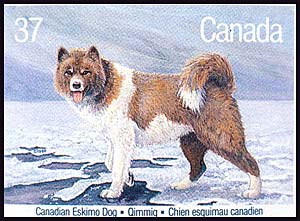 Great Dane
Great Dane
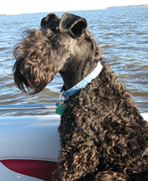 Kerry Blue Terriers: A guide to dogs and puppies of the Kerry Blue Terrier breed
Kerry Blue Terriers: A guide to dogs and puppies of the Kerry Blue Terrier breed
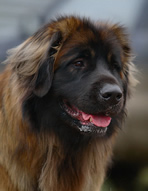 Leonbergers: A guide to dogs and puppies of the Leonberger breed
Leonbergers: A guide to dogs and puppies of the Leonberger breed
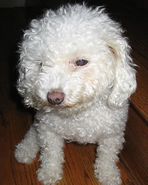 Bichon Frises: A guide to dogs and puppies of the Bichon Frise breed
The Bichon Frise!
The Bichon Frise is a small toy dog breed
Bichon Frises: A guide to dogs and puppies of the Bichon Frise breed
The Bichon Frise!
The Bichon Frise is a small toy dog breed
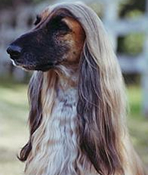 Afghan Hounds: A guide to dogs and puppies of the Afghan Hound breed
The Afghan Hound!
Known for its aristocratic bearing, the A
Afghan Hounds: A guide to dogs and puppies of the Afghan Hound breed
The Afghan Hound!
Known for its aristocratic bearing, the A
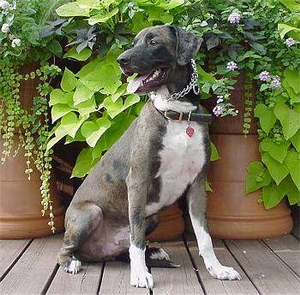 Louisiana Catahoula
Louisiana Cata
Louisiana Catahoula
Louisiana Cata
 Kerry Blue Terriers: A guide to dogs and puppies of the Kerry Blue Terrier breed
The Kerry Blue Terrier!
The Kerry Blue Terrier is a medium-
Kerry Blue Terriers: A guide to dogs and puppies of the Kerry Blue Terrier breed
The Kerry Blue Terrier!
The Kerry Blue Terrier is a medium-
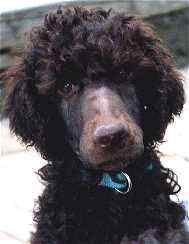 Standard Poodle
Standard Poodl
Standard Poodle
Standard Poodl
Copyright © 2005-2016 Pet Information All Rights Reserved
Contact us: www162date@outlook.com